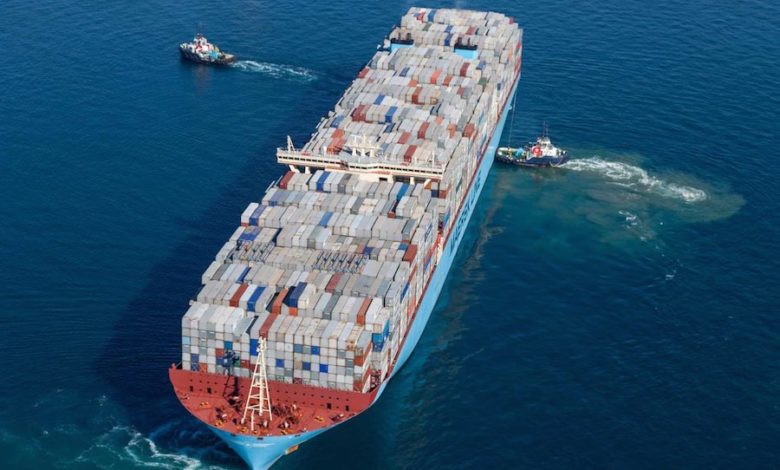Interoperable smart container solutions move forward

The Amsterdam-based Digital Container Shipping Association (DCSA), which features the world’s top nine carriers as members, has published IoT connectivity interface standards for shipping containers potentially bringing greater transparency in the movement of goods around the world. The standards can be implemented by vessel operators and owners as well as ports, terminals, container yards, inland logistics providers and other third parties to ensure interoperability between smart container solutions at the radio interface level.
“With these standards in place, carriers and supply chain participants will be one step closer to providing customers with an uninterrupted flow of relevant information regarding the whereabouts of containers and the status of their contents at any point along the container journey,” DCSA stated in a release today.
The DCSA IoT Standard for Gateway Connectivity Interfaces, which can be freely downloaded from the DCSA website, includes radio standards for gateways on vessel, on land, at event locations and in handheld devices. These DCSA IoT standards provide an initial set of connectivity recommendations that are vendor and platform agnostic to reduce investment risk, increase operational efficiency and enable innovation.
The new standards are the first of three planned IoT standards releases addressing the connectivity requirements for reefer and dry containers, as well as the RFID registration of these containers. Future releases will focus on data structure and handling, physical device specifications as well as security and access management.
“IoT will usher in a new era of efficiency in global trade. Smart containers that share information with multiple stakeholders will facilitate a digitally enabled supply chain. This will greatly increase efficiency and transparency, improve the quality of shipped goods, reduce waste across the board, and raise safety and security levels,” said Maria Rosaria Ceccarelli, chief of the trade facilitation section for the United Nations Economic Commission for Europe.
Thomas Bagge, CEO of DCSA, commented “This release is an important step in enabling mass deployment of smart containers and forms the foundation of a group of standards that will address the industry’s most critical container use cases. Once implemented, our IoT standards will enable, for example, reefer container tracking, monitoring and controlling along the entire container journey, with no connectivity ‘blind spots’. This will provide more value to the end customer while increasing the efficiency of container operations. Equally as important, we’re giving the industry a framework for interoperability that will allow stakeholders to create innovative IoT solutions that can be leveraged by any industry stakeholder, market supplier or service provider.”
In a widely read recent article on LinkedIn, entitled ‘Smarter shipping, inspired by Uber’, Andre Simha, chief digital and information officer at Mediterranean Shipping Co (MSC), wrote: “IoT-enabled smart containers are also enabling us to consider a whole new range of services to offer customers, all of which are designed to give importers and exporters greater control and visibility over their supply chain. We already see huge benefits through the ability to monitor a container’s position, temperature and carbon dioxide level, among other measurements. Smart containers also allow us to optimise a large range of operations within the supply chain, including compliance, customs clearance, and insurance.”
Simha was one of the driving forces behind the creation of the DCSA last year, an organisation that has been rolling out a swathe of new initiatives of late, including a rallying call to move towards electronic bills of lading.
